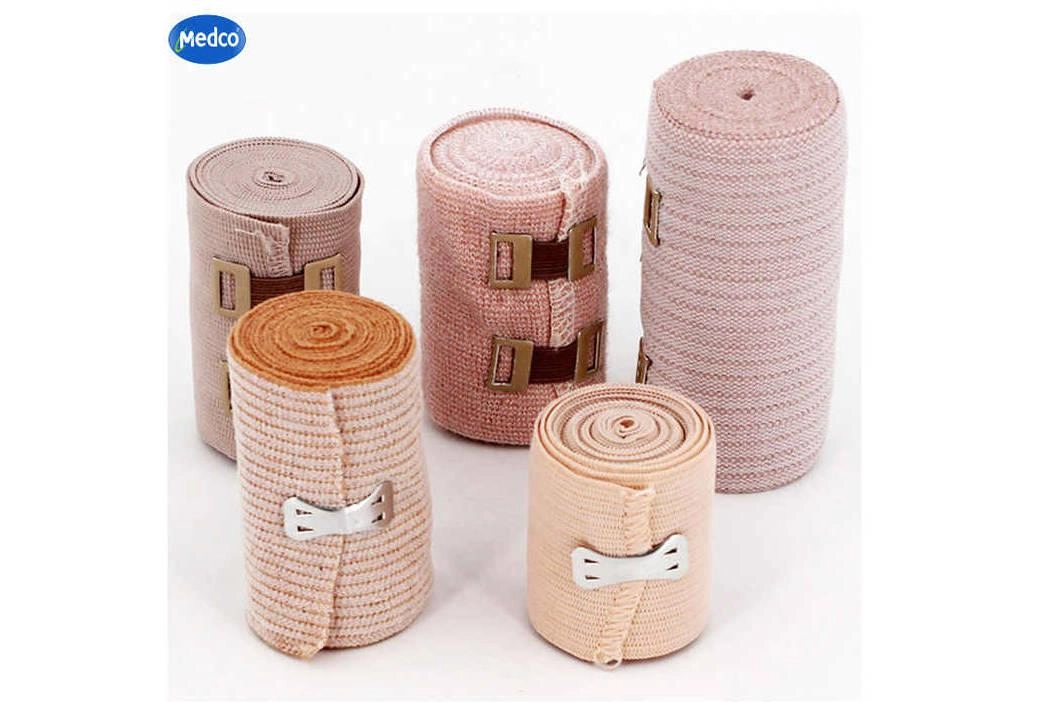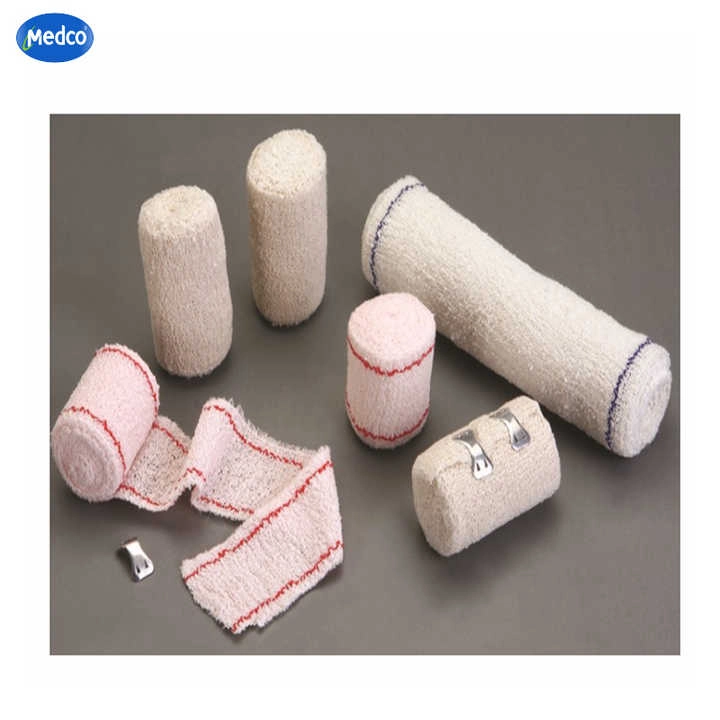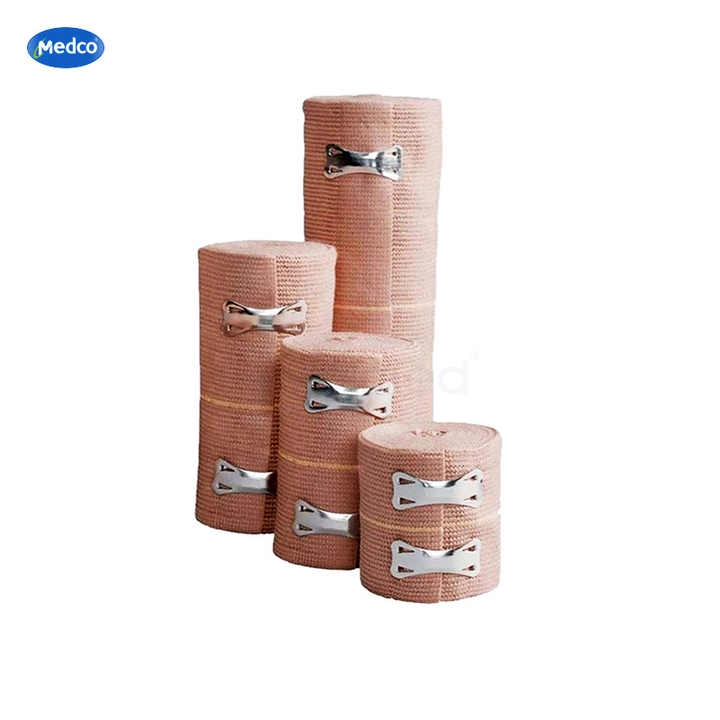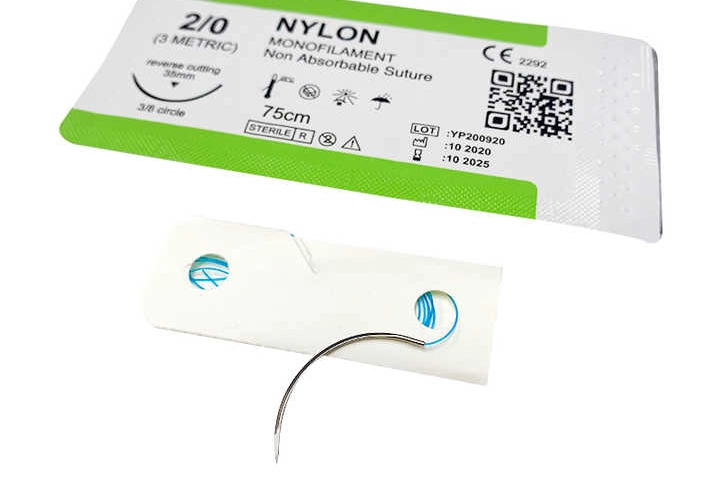
Bone breaks happen to people young and old. They come from falls, sports, or bones getting weaker with age. To heal right, these injuries need good care. A big part of that care is a fracture bandage. Here’s a look at how these bandages help you get better, what they do for healing, and the kinds you can find.
What Are Bone Breaks?
A bone break is when your bone cracks or splits apart. It might happen from a hard hit, too much use, or a condition like osteoporosis. Some breaks are tiny cracks. Others are big, with the bone fully out of place. How bad the break is decides the fix. Often, you need to keep the bone still so it mends on its own.
The Role of Fracture Bandages in Healing
Fracture bandages are super helpful for getting better. They do a few key things. They hold the broken spot, keep bones lined up right, and cut down on swelling and pain.
Holding the Broken Spot
A fracture bandage’s main job is to support the hurt area. It keeps the bone and nearby tissues steady. This stops more harm and eases your pain. That help matters a lot early on, when moving might make things worse.
Keeping Bones Lined Up
For bones to heal well, they need to stay in the right spot. If they’re off, you might end up with weird shapes or bones that don’t join properly. Fracture bandages hold everything in place while healing. That way, your bone mends back to its normal shape.
Easing Swelling and Pain
When a bone breaks, your body sends blood to fix it. That causes swelling and some pain. A little swelling is normal, but too much can hurt and slow things down. Fracture bandages give a gentle squeeze. This keeps swelling in check and helps blood move better around the spot.
Kinds of Fracture Bandages and Their Uses
Different breaks need different bandages. Each type has special perks for certain injuries’ service.
Plaster Casts
Plaster casts are an old-school way to keep breaks still. They’re made of gauze mixed with plaster of Paris. They harden fast and give strong support. These work great for tricky breaks that need to stay totally still.
Fiberglass Casts
Fiberglass casts are a newer pick. They’re light but super tough once they set. Plus, they don’t mind water! That makes them easy for folks who need support for a while but still want to shower or do daily stuff.
Soft Bandages for Small Breaks
Not all breaks need a hard cast. For little breaks or sprains, soft bandages do the trick. These stretchy wraps give light support and let you move a bit. They’re perfect for minor wrist or ankle breaks where you don’t need to lock everything down.
Each bandage type helps in its own way, depending on your injury. Knowing what they do helps you see how they speed up healing and keep risks low.

Why Fracture Bandages Stop Problems
Keeping Bones From Shifting
Fracture bandages are a big deal for keeping bones steady while they heal. A broken bone needs to stay in place to avoid trouble, like weird healing or odd shapes. The bandage holds the area tight, cutting the chance of bones moving. This is super important early on, when bones can shift easily.
Good positioning lets the bone heal back to normal. This avoids lasting issues and helps you move again. The bandage also spreads pressure evenly, so you stay comfy while it stays stable.
Guarding Against More Harm
A break weakens your bone and the muscles around it. Fracture bandages act like a shield. They protect the spot from bumps or hits that could make things worse. Even small knocks during the day are less risky with a bandage on.
This is great for active folks or anyone moving around while healing. By keeping extra motion in check, the bandage stops strain on the hurt spot. It protects and steadies, making it a must for safe healing.
Helping You Move a Little for Recovery
At first, keeping still is key. But later, moving a bit helps a lot. Fracture bandages adjust to give the right support as you heal. For example, soft ones for small breaks let you move some while still holding the spot.
A little movement gets blood flowing. It also stops joints and muscles near the break from getting stiff. This helps you build strength and get back to normal without hurting the healing. Bandages balance rest and motion for a faster, easier recovery.
How to Pick a Fracture Bandage
Picking the right bandage depends on a few things. Think about the type of break, where it is, and how bad it is. Talk to a doctor or nurse to find what works best for you.
For big breaks that need to stay super still, plaster casts are a solid bet. They’re strong and keep bones in line. But fiberglass casts are handy too. They’re light and okay with water, so they’re comfy for long use.
For smaller injuries, like sprains or tiny breaks, stretchy soft bandages are enough. They support while letting you move a bit. These work well for wrists or ankles where you need some flexibility for daily life.
Think about how easy the bandage is to put on and care for. Some need a pro to apply. Others you can handle at home. Also, pick breathable, skin-friendly materials. They keep you comfy and stop irritation if you wear them a while.

For top-notch fracture care, Medco is a name you can trust. We offer all kinds of bandages for different needs. Our products mix strength and comfort. From classic plaster casts to modern fiberglass ones and stretchy soft wraps, Medco makes sure each is safe and works well.
Going with Medco’s bandages means choosing tools that help you heal right. They cut risks from bad care. With easy designs and great materials, these products support you every step of the way.
Check out Medco’s lineup today to find what fits you best. Count on Medco for care that heals faster and better!
FAQ
Q: How do fracture bandages help with healing?
A: They do a few key things:
Hold the broken spot: They keep the bone and nearby tissues from moving to prevent more damage.
Keep bones in place: Proper alignment helps the bone mend correctly.
Ease swelling: A gentle squeeze reduces puffiness and boosts blood flow for faster healing.
Q: Why is keeping the bone still so important?
A: When a bone breaks, any movement can mess up the healing. If the bone shifts, it might not join right, leading to odd shapes or longer recovery. Fracture bandages lock the area in place, especially early on, so the bone can mend naturally.
Q: How do I know which fracture bandage is right for me?
A: It depends on the break—its type, location, and how bad it is. A doctor or nurse can help you decide. Big breaks might need a plaster cast for total stillness. Smaller ones, like a wrist sprain, might just need a soft wrap. Always check with a pro for the best pick.




